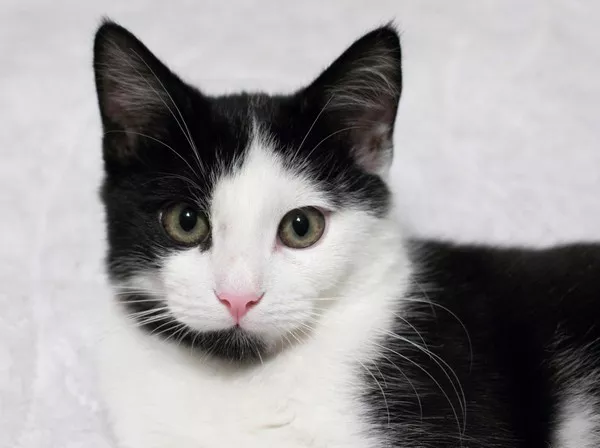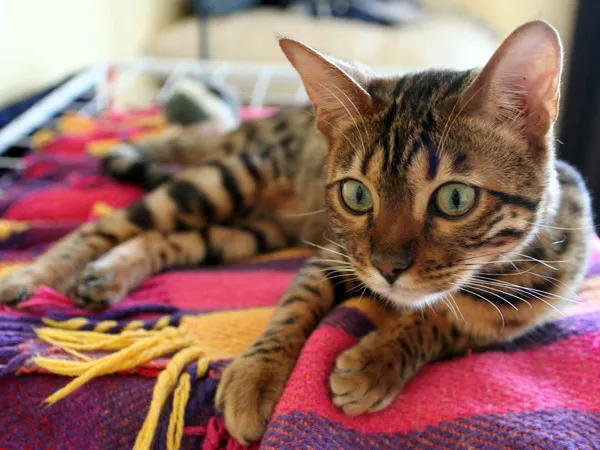For many cat owners, the idea of leaving an anxious cat in a boarding facility can be stressful. Cats, particularly those prone to anxiety, are creatures of habit and thrive in familiar surroundings. When boarding becomes necessary, it’s essential to take steps that can minimize your cat’s stress and make the experience as comfortable as possible. This article covers everything you need to know about cat boarding, from understanding feline anxiety to choosing the right boarding facility, preparing your cat for boarding, managing their anxiety during the stay, and helping them readjust afterward.
Understanding Cat Anxiety
Anxiety in cats can manifest in many ways, and being aware of the signs and causes can help you manage and prepare for boarding situations.
Signs of Anxiety
Recognizing the signs of anxiety in cats is the first step in creating a plan to make boarding a smoother experience. Common signs of anxiety include:
Hiding: Cats that feel anxious or stressed may seek out small, enclosed spaces to feel more secure. If your cat hides often, this may be an indication of anxiety.
Excessive Grooming: When a cat is anxious, they may start grooming themselves excessively as a self-soothing behavior, which can lead to hair loss or skin irritation.
Vocalization: Anxious cats may vocalize more than usual, especially through loud meowing or yowling. This behavior is often a sign of distress, particularly if it occurs in an unfamiliar environment.
Changes in Eating or Litter Box Habits: Anxiety can cause changes in appetite or litter box habits. Cats may stop eating, overeat, or urinate outside the litter box if they feel stressed.
Aggression or Withdrawn Behavior: Some anxious cats may become more aggressive, while others may withdraw and become less interactive with their owners.
Recognizing these behaviors can help you prepare to address your cat’s anxiety before and during their stay at a boarding facility.
Causes of Anxiety
Understanding the potential causes of anxiety is essential for selecting an appropriate boarding solution. Here are some common causes of anxiety in cats:
Separation from the Owner: Cats form strong bonds with their owners, and the absence of their familiar human can be distressing for them.
Unfamiliar Environments: Cats are territorial animals that find comfort in familiar surroundings. A new environment, especially one with strange smells and sounds, can trigger anxiety.
Changes in Routine: Routine is important to cats, and even minor changes in their daily schedule can be unsettling.
Presence of Other Animals: Many boarding facilities cater to both cats and dogs. The presence of barking dogs or unfamiliar animals can heighten a cat’s anxiety, especially for those that haven’t been socialized to tolerate other animals.
Choosing the Right Boarding Facility
Selecting a suitable boarding facility is essential for minimizing your cat’s anxiety. Here’s what to look for in a boarding facility to ensure your cat has a calm and safe experience.
Calm Environment
The environment of the boarding facility plays a significant role in how well your cat adjusts. Look for a facility that provides a quiet, low-stress environment. Many boarding facilities have designated areas for cats, away from the noise of dogs or other animals, which can help reduce anxiety levels in a feline guest.
Experienced Staff
When it comes to boarding an anxious cat, experienced staff can make a world of difference. Facilities with staff members trained in feline behavior and anxiety management are better equipped to handle cats with nervous dispositions. Inquire about the staff’s experience with cats and their approach to handling anxious animals. A facility with compassionate, well-trained caregivers can provide your cat with individualized care, which is especially important for cats prone to anxiety.
Separate Cat Areas
Choose a boarding facility that offers separate areas specifically for cats. Facilities with dedicated spaces for cats allow them to be in a calm environment, reducing the stress that might arise from exposure to barking dogs or unfamiliar animals. These separate areas typically include cat condos or private rooms where your cat can feel secure and relaxed.
Preparing Your Cat for Boarding
Proper preparation is essential to reduce your cat’s anxiety and ensure a smooth transition to the boarding environment. Here are some steps to help your cat acclimate to boarding.
Familiar Items
One way to ease your cat’s anxiety is to bring along familiar items from home. Bringing your cat’s favorite blanket, toys, or bedding can provide them with a sense of comfort and familiarity. The scent of home can be particularly calming for cats, as it reminds them of their safe space. These items can help your cat adjust more quickly and reduce stress during their stay at the boarding facility.
Gradual Acclimation
To prepare your cat for boarding, start by gradually acclimating them to their carrier and the concept of traveling. Take your cat on short car rides to familiarize them with the experience of being in a carrier and traveling to unfamiliar places. You can even do trial visits to the boarding facility if they allow it, so your cat becomes more comfortable with the sights and smells. Gradual exposure can help reduce the shock of a longer boarding stay.
Maintain Routine
Cats thrive on routine, so maintaining consistency in their daily schedule can help ease anxiety. Try to keep feeding times and meal types consistent with what they’re used to at home. If possible, provide the boarding facility with your cat’s regular food and feeding schedule, as changes in diet can contribute to stress and digestive upset. Keeping a familiar routine will help your cat feel more at ease during their stay.
Managing Anxiety During the Stay
Once your cat is in the boarding facility, there are ways to help them manage their anxiety and stay as comfortable as possible.
Pheromone Products
Pheromone diffusers like Feliway can have a calming effect on anxious cats. These products mimic the natural pheromones that cats release when they feel safe and secure. Many boarding facilities offer pheromone products or allow pet owners to bring their own. Using a calming pheromone diffuser in your cat’s boarding area can help reduce their anxiety.
Soothing Music
Playing soothing music designed for cats can create a relaxing atmosphere in your cat’s boarding space. There are specific types of music that are proven to have a calming effect on animals, such as classical music or specially designed feline relaxation playlists. Some boarding facilities offer this option, or you can inquire about bringing your own music device.
Regular Updates
Staying informed about your cat’s well-being can help ease your own anxiety about leaving them in a boarding facility. Arrange with the boarding staff to receive regular updates, including photos or brief reports on how your cat is adjusting. Knowing that your cat is comfortable and being well cared for can give you peace of mind during your separation.
Health and Safety Considerations
Before boarding your cat, ensure that their health and safety needs are met to avoid any potential issues during their stay.
Health Check-Up
Make sure your cat has a recent health check-up and is up-to-date on vaccinations before boarding. Boarding facilities typically require vaccinations for diseases like rabies, feline distemper, and feline leukemia to protect all animals in their care. A health check-up also allows you to ensure that your cat is in good physical condition and can handle the temporary change in environment.
Medication
If your cat takes medication for anxiety or other health conditions, communicate this to the boarding facility. Provide clear instructions on dosage and administration, and make sure the facility staff is trained and comfortable administering medication. It’s also helpful to bring a supply of your cat’s medication to ensure continuity during their stay.
Reunion and Reacclimation
After boarding, your cat may need some time to readjust to their home environment. Here’s how to help them feel comfortable once you’re reunited.
Patience
When you bring your cat home, be patient and offer gentle reassurance. It may take some time for them to readjust to their familiar surroundings, especially if they were anxious during the boarding stay. Give them space if they seem a bit withdrawn or nervous, and allow them to explore the home at their own pace.
Calm Environment
A calm and quiet environment at home can help your cat settle back in after boarding. Avoid loud noises, sudden movements, and introducing new stimuli right away. Keep their routine consistent and give them time to decompress.
Conclusion
Boarding an anxious cat requires careful planning and thoughtful choices, from selecting the right facility to preparing your cat for the experience. Understanding your cat’s anxiety, providing familiar comforts, and choosing a calm environment with experienced staff can make a significant difference in how your cat copes with boarding. With the right approach, cat boarding can be a manageable experience for both you and your feline companion. By taking these steps, you can help reduce your cat’s stress, ensuring a safe and positive boarding experience.
Related Topics



















